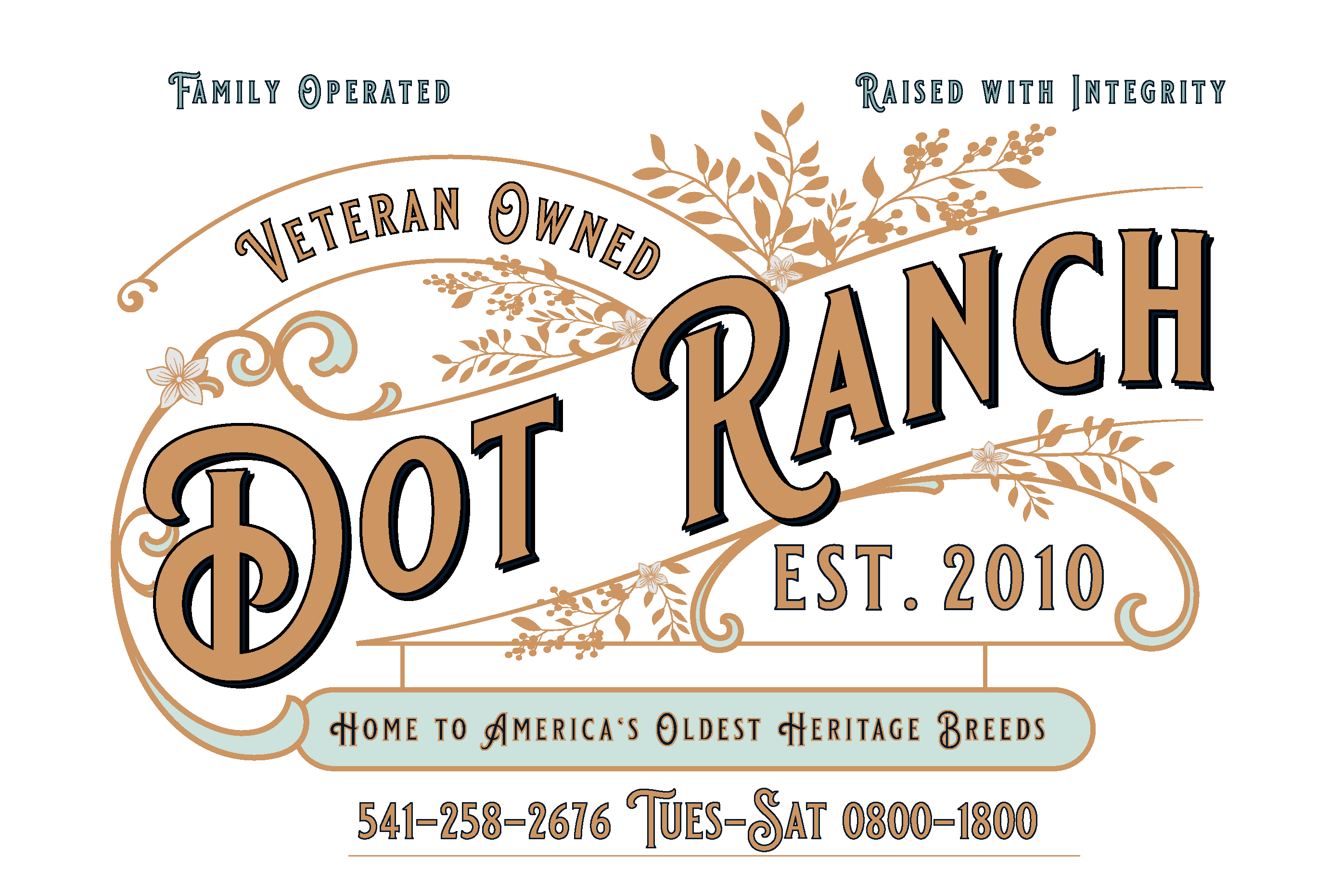
The Story of Wool
When we first started selling wool at fiber arts shows, often people would come up, ask what we had, and then when told that it was Navajo-Churro wool, they would subtly turn their noses up just a bit, sniff, and say "Oh, rug wool. Thanks anyway." before walking away. After getting a little frustrated, we started to tell them "Touch it and tell me your best guess." Listening to the same people who in previous years had walked away without a second glance guessing all sorts of fine wool breeds was both satisfying and enlightening to why people have such a short sighted view of the uses of Navajo-Churro wool. So to start with, let's set some terms straight.
Wool is the coat of a sheep, and like hair, it is composed of a matrix of keratin fibers, but a key distinction between wool and hair is that wool is covered with minute scales. These scales are what gives it both its luster (from light refraction) and it's grippiness, which is what we rely on when spinning or felting.
Navajo-Churro sheep, much like Icelandic sheep, are a dual coated breed. We're going to borrow some terms from our Icelandic friends here to describe this: Tog and Thel. The Tog is the outer coat of wool, which is coarse. Thel is the inner coat of wool, which is fine. A Navajo-Churro has a coarse outer coat, and a fine inner coat a third type of fiber inside it, called kemp.
Kemp is a hair, not wool, which is why when you spin some Navajo-Churro yarn from raw fleece, you end up with some tough little fibers sticking out all over the place. Kemp is considered both boon and bane, because some people claim it adds strength, but most people just dislike the pokiness of it and its inability to hold dye as well as wool can. There is a limit to how kempy a sheep can be and still be a registered Navajo-Churro, so while kemp is recognized as being present, it isn't supposed to be a dominating fiber in the overall coat of the sheep.
Coarse and fine are terms relating to the micron count, or diameter. Too often, we see people using these terms with an assumption that they mean softness, when in fact they are wholly focused on the diameter of the individual fibers.
Hand is the term used to relate how fiber feels against your skin. Coarse wool can still have a soft or silky hand, which is a fancy way of saying that thick fibers can still feel very smooth and soft. This is because the hand is determined not by the size of the fibers, but by the size and texture of the scales that coat the fibers. Larger scales can still have a soft hand, but if they are formed so that they don't lay smoothly, the wool will feel rough to touch.

Examining Myths about Navajo-Churro Wool
Myth #1: Navajo-Churro wool is coarse.
Reality: This is a half truth. Because Navajo-Churro are dual coated, there is indeed a coarse tog, or outer coat. This is usually about 50% of the wool, but some sheep have a bigger, thicker undercoat than others. Now, a fact that some folks find surprising is that Navajo-Churro thel, or inner coat, is just as fine as Merino. That's right, Navajo-Churro undercoat has the same diameter of fiber as Merino wool, the most used undergarment wool in the world.
Myth #2: Navajo-Churro wool is only good for rugs.
Reality: False. Navajo-Churro wool has a lot of variety with it, and it's actually useful for many different things. Because of the dual coat, it's even possible for the same fleece to serve multiple functions. The outer coat can be separated to spin warp yarn, and the inner coat can be separated to make garment quality yarn. The fleece can be spun whole and used for outerwear, or the fleece can be used for felting. As a matter of fact, Navajo-Churro fleece is so good for felting, that we often get shoemakers and felt makers even from other countries inquiring about our wool. Lambs wool is often soft enough to be used for garments, both separated and whole. So, while it is true that Navajo-Churro wool is unparalleled for rug weaving, it is by no means ONLY for rug weaving.
Myth #3: Navajo-Churro Wool is always rough and weak.
Reality: False. As we discussed before, Navajo-Churro wool has quite a bit of variety in it. Not every fleece has a rough hand, and wool from a healthy sheep usually isn't weak. We do see breaks, or points where the wool will tear apart if stressed, in the fleeces of ewes who lambed before being sheared, and in the coats of animals that didn't receive sufficient feed. Feed has a huge effect on the quality of the wool, as does environment. Sheep grown in damper climates tend to have wavier, softer coats, because the wool absorbs moisture from its surroundings. The same sheep, when turned out into an arid environment with equally good forage, can produce wool that is more lustrous but has a rougher hand because the wool itself is parched, which causes those little scales to open out some. This both increases the refractive index (shininess) and makes the wool feel scratchy and scritchy. So we see that Navajo-Churro wool is not inherently rough and weak, there are many factors at play determining wool quality.





